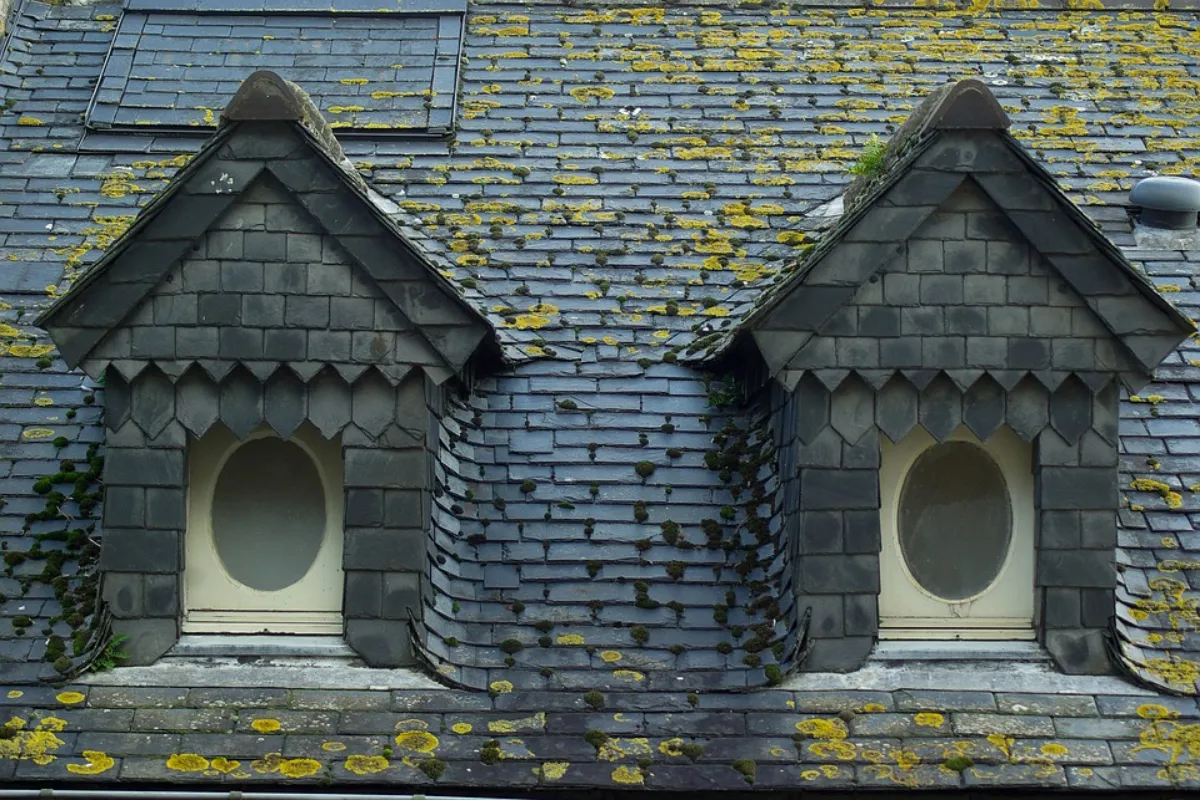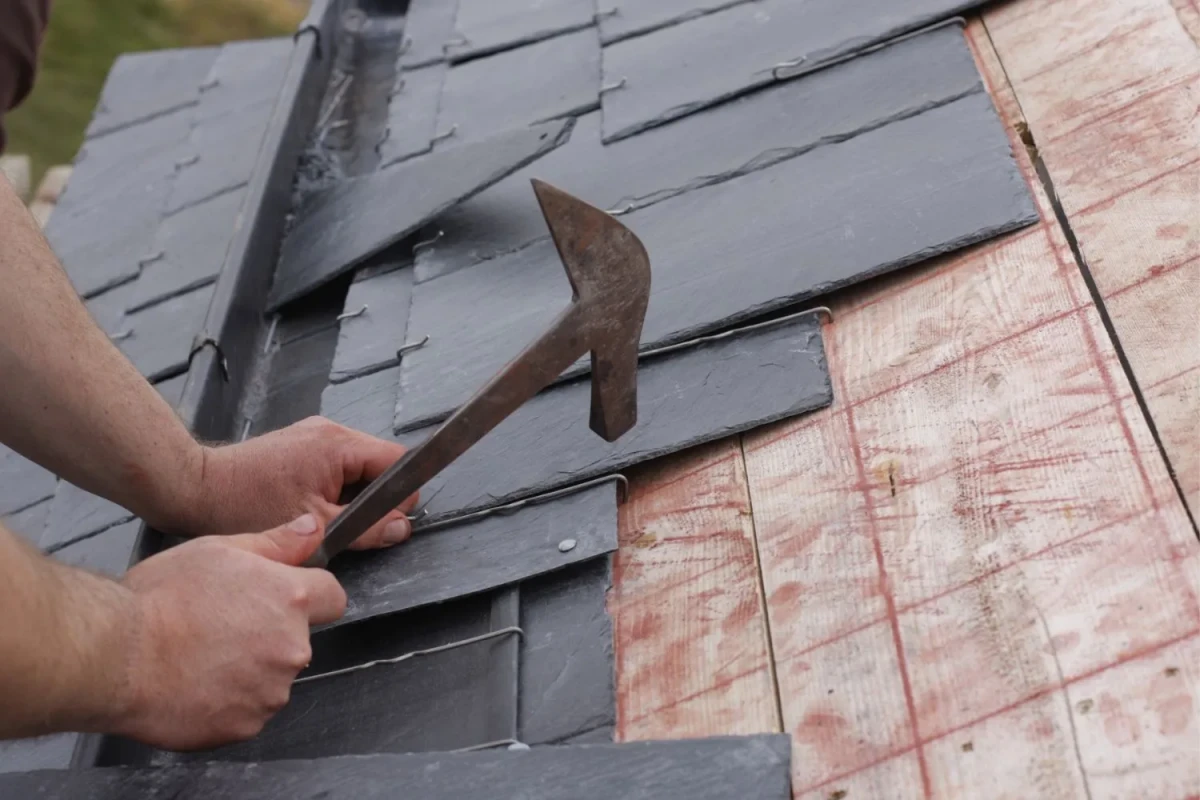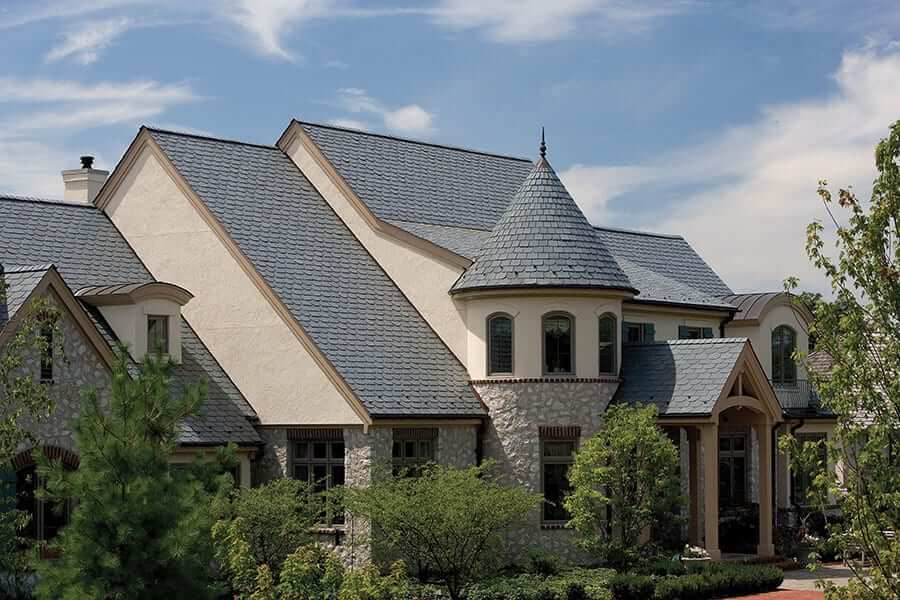How to Kill Moss on a Slate Roof
Moss can be a persistent problem for homeowners with slate roofs. While slate is known for its durability and long-lasting beauty, moss growth can compromise its integrity and appearance. Understanding how to effectively remove moss from your slate roof is essential for maintaining its condition and ensuring its longevity.
Why Moss Is a Problem
Moss can cause several issues for slate roofs. It holds moisture against the roof, which can lead to the deterioration of the slate tiles. Over time, the persistent moisture can cause the slate to crack or break, compromising the roof’s overall structure. Additionally, moss can create a slippery surface, posing a safety hazard during roof maintenance. Lastly, moss can negatively impact the aesthetic appeal of your slate roof, making it look neglected and aged.
Tools and Materials Needed
Before you begin the process of removing moss from your slate roof, gather the following tools and materials:
A sturdy ladder
Safety harness and non-slip footwear
Soft-bristle brush or broom
Garden hose with a spray nozzle
Moss-killing solution (homemade or store-bought)
Protective gloves and eyewear
Step-by-Step Guide to Removing Moss
1. Safety First
Before starting any roof maintenance, prioritize safety. Use a sturdy ladder to access your roof and wear non-slip footwear. A safety harness is highly recommended to prevent falls. Ensure you have a stable working surface and take precautions to avoid damaging the slate tiles.
2. Inspect the Roof
Carefully inspect your slate roof for any signs of damage. Look for cracked or missing tiles, as these areas will need to be addressed before removing moss. Identifying these issues beforehand will prevent further damage during the cleaning process.
3. Prepare the Moss-Killing Solution
You can choose between a commercial moss-killing solution or make your own using household ingredients. A popular homemade solution involves mixing equal parts water and white vinegar or a combination of water and bleach. If using bleach, mix one part bleach with three parts water. Pour the solution into a garden sprayer.
4. Apply the Solution
On a cool, overcast day, apply the moss-killing solution to the affected areas of your slate roof. Avoid doing this on a hot, sunny day, as the solution may evaporate too quickly. Carefully spray the solution onto the moss, ensuring thorough coverage. Allow the solution to sit for 15-20 minutes to penetrate the moss and kill it effectively.
5. Gently Scrub the Moss
Using a soft-bristle brush or broom, gently scrub the moss from the slate tiles. Be cautious not to scrub too vigorously, as this can damage the slate. Work in small sections, gradually moving across the roof. The moss should begin to loosen and come off easily. For stubborn areas, reapply the moss-killing solution and allow it to sit for a few more minutes before scrubbing again.
6. Rinse the Roof
Once you have removed the moss, rinse the roof with a garden hose to wash away any remaining solution and moss debris. Use a gentle spray to avoid dislodging or damaging the slate tiles. Ensure all traces of the moss-killing solution are removed to prevent any potential damage to the slate.
7. Inspect and Repair
After cleaning the roof, conduct a thorough inspection to identify any tiles that may have been damaged during the moss removal process. Replace any cracked or broken tiles promptly to maintain the integrity of your slate roof.
Preventing Moss Growth
To minimize future moss growth, consider implementing the following preventative measures:
1. Trim Overhanging Branches
Moss thrives in shaded, damp environments. Trimming overhanging tree branches will increase sunlight exposure to your roof, making it less hospitable for moss growth. Regularly maintaining your trees and shrubs can significantly reduce moss buildup.
2. Improve Roof Ventilation
Proper ventilation can help keep your roof dry and reduce moss growth. Ensure that your attic and roof have adequate ventilation to promote airflow and prevent moisture buildup.
3. Install Zinc or Copper Strips
Installing zinc or copper strips along the ridge of your slate roof can help prevent moss growth. When it rains, the metal ions are washed down the roof, inhibiting moss and algae development. These strips can be an effective long-term solution for keeping your roof moss-free.
4. Regular Maintenance
Regularly inspecting and maintaining your slate roof is crucial for preventing moss growth. Schedule periodic roof inspections and cleanings to address any issues before they become significant problems. Keeping your roof clean and well-maintained will help preserve its beauty and functionality for years to come.
Moss on a slate roof can be a challenging problem, but with the right tools, techniques, and preventative measures, you can effectively remove and prevent moss growth. By following this guide, you can maintain the integrity and appearance of your slate roof, ensuring it remains a durable and beautiful asset to your home. Regular inspections, proper ventilation, and proactive maintenance are key to keeping your slate roof moss-free and in excellent condition.
2024-06-19





